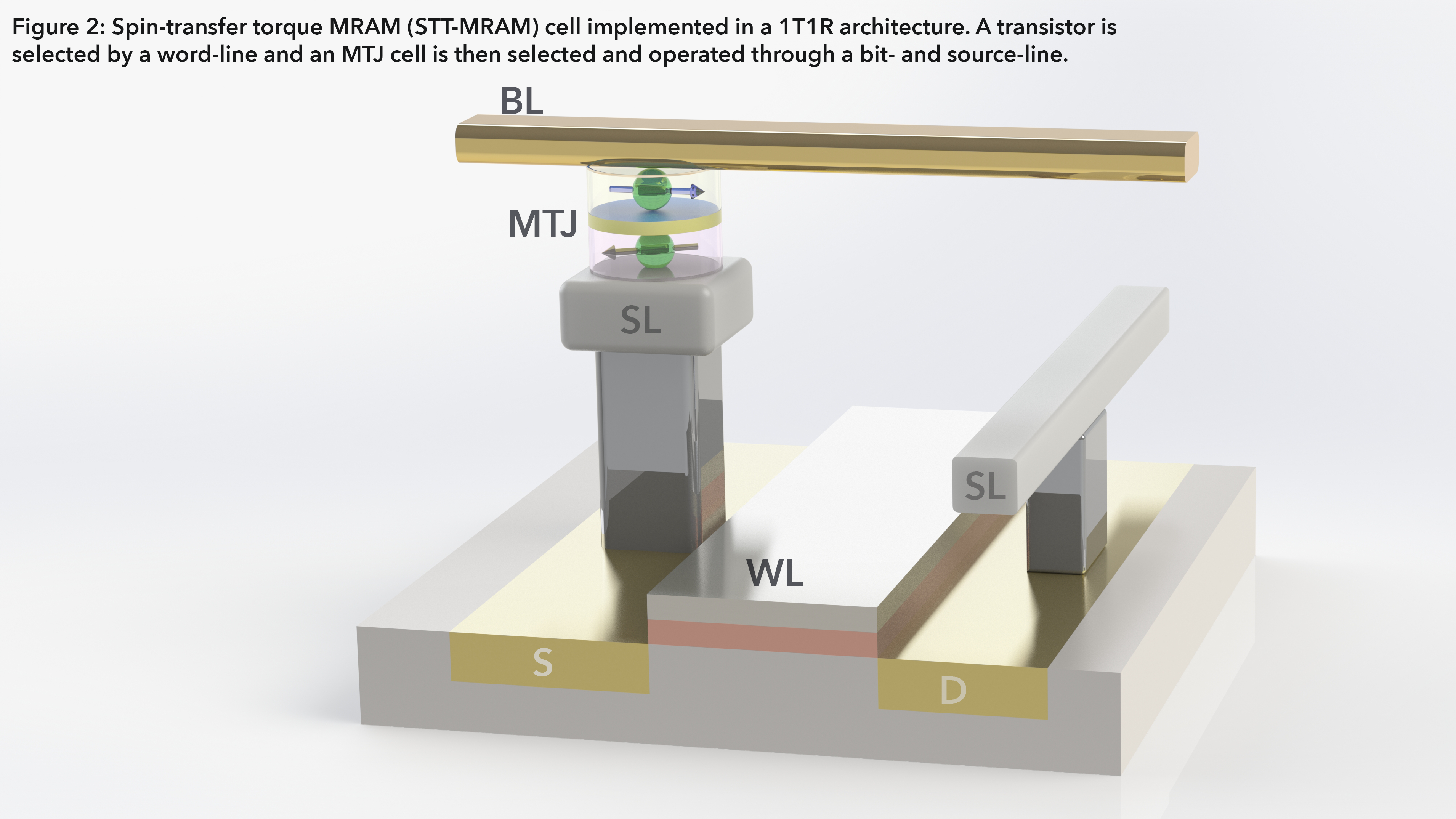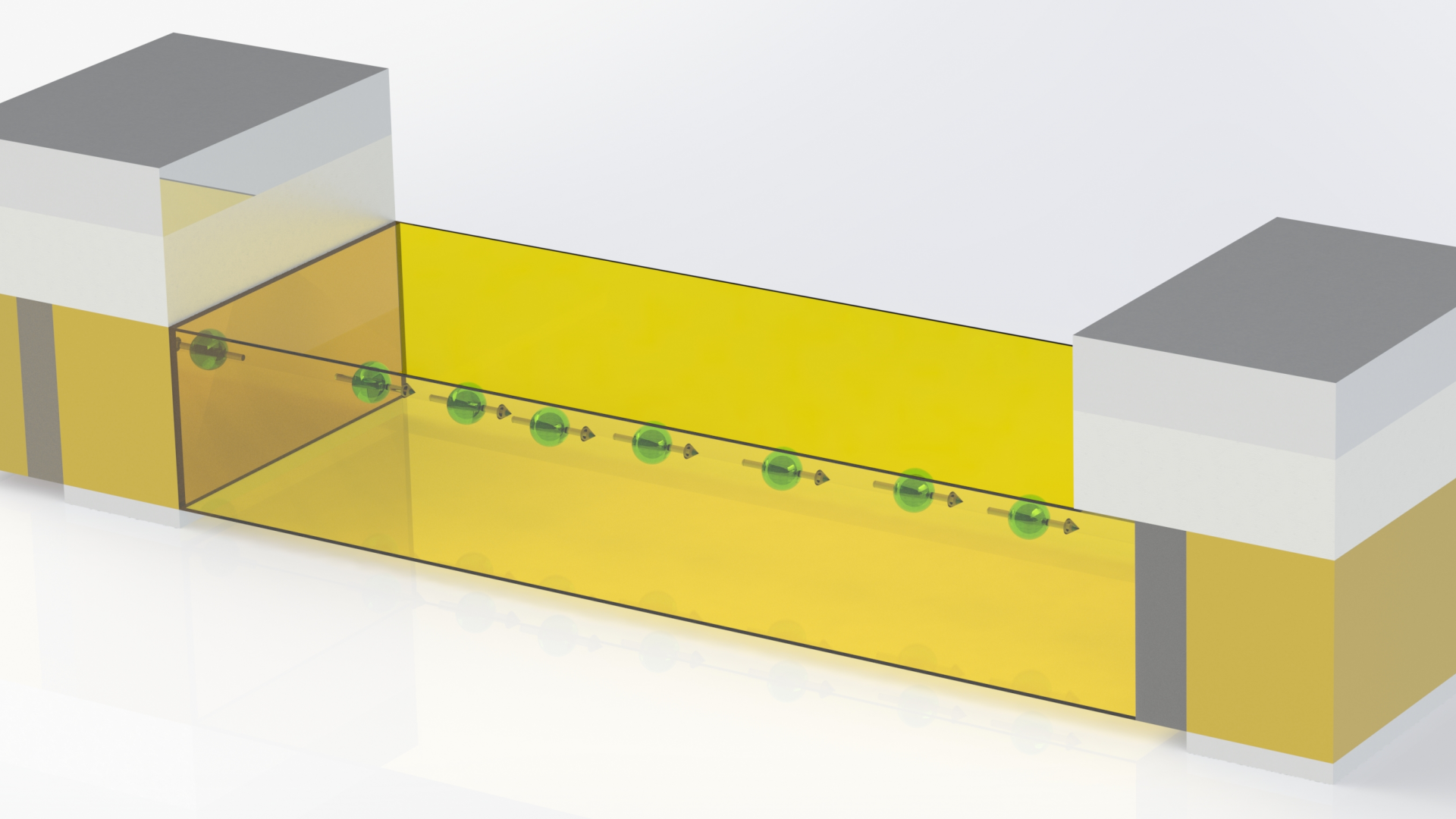Details
Spintronics is a new exciting field that emerged about two decades ago. In contrast to mainstream electronics which utilizes the charge for information storage and computation, spintronics exploits the quantum property "spin" in addition to the charge itself. By using two degrees of freedom rather than one, more functionalities and applications are possible. This can range from the development of Spin-FET, moving DWs, MRAMs or even 4-state and racetrack memories. Spintronics has even farther and greater implication: it can help us sustain the advancements of Moore's law in the face of CMOS limitations in scaling and power consumption - an unprecedented chance in "Beyond CMOS" quest for a greener IT-world.
The ICS's Spintronics research investigates the Spin Transport/Transfer phenomenon in various metallic and tunnel junction structures to implement non-volatile logic and memory. Although many magnetization switching techniques exist, the emphasis is on Spin-Transfer Torque (STT) for MTJs and Spin Valves, and switching with E-fields for multiferroics. The group will conduct device-level simulations and analysis and, using advanced thin-film techniques, implement those devices as the core of energy-efficient VLSI applications. An important goal of this research is the reliable fabrication and integration of spintronic devices in large scale circuits, in compliance with mainstream semiconductor devices.


